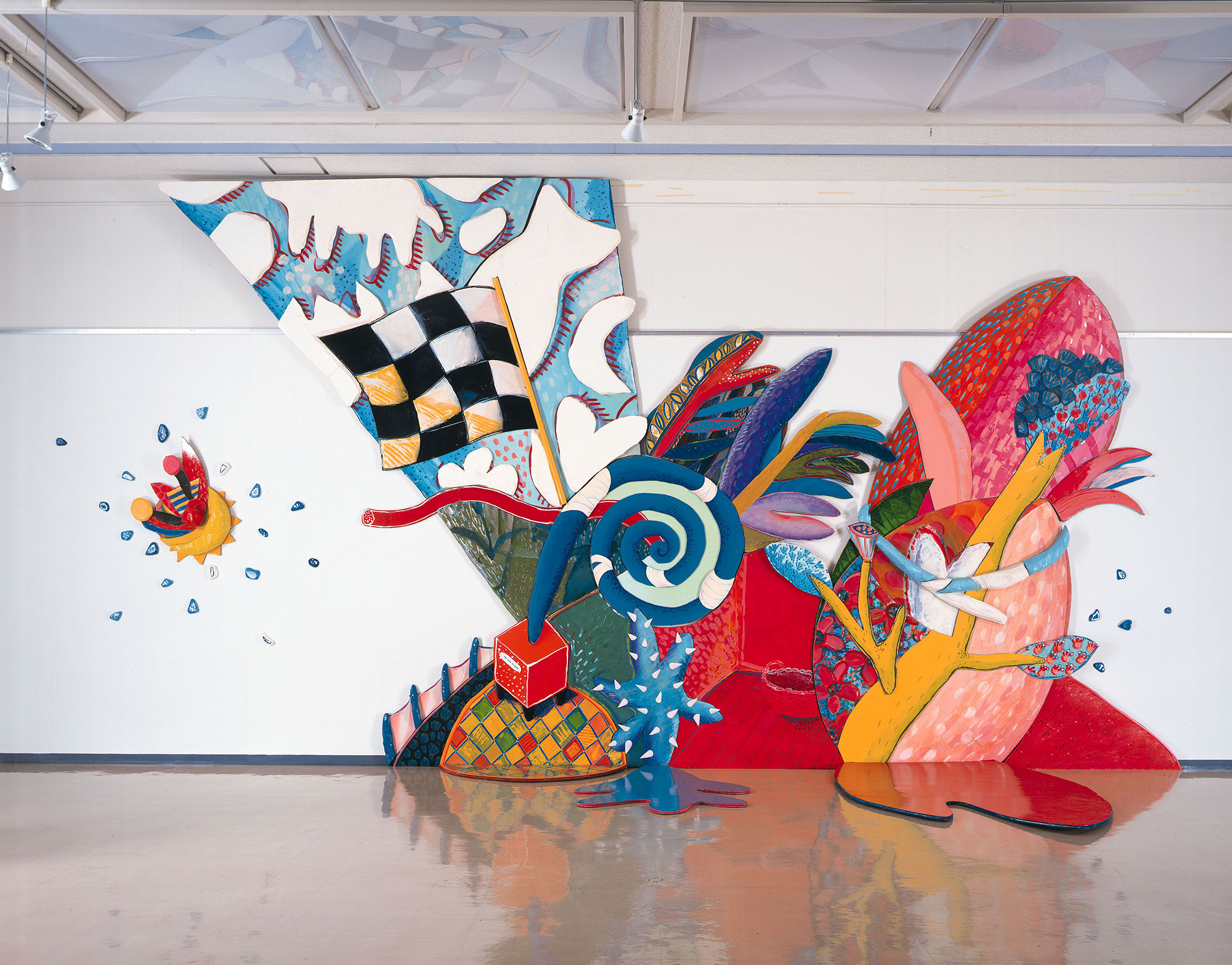The Nishinomiya-based glass entrepreneur Tokutaro Yamamura (1926-86) spent 30 years assembling a collection conventionally presented as having three foci. First, as a survey of postwar Japanese art trends. Second, as the abstractions of Gutai Art Association (1954-72) painters. Finally, as one that covers the rise of expressive works driven by color and content in the 1980s, as seen in Tomoko Sugiyama's installation, "The Start — A Man and Mamorigami" (1984).
As such, the Yamamura Collection, presently on show at the Hyogo Prefectural Museum of Art — comprises 167 works by 68 artists and is considered indispensable to postwar Japanese art history's sense of identity.
Yamamura started collecting with his mother, Haru, and planned a museum tracing lineages of Western and Japanese modernism. In 1963 he acquired works by Jackson Pollock, Joan Miro, and Fernand Leger. But following his mother's death in 1965, he donated his foreign artist works to the National Museum of Western Art, Tokyo, and elsewhere. Thereafter he prioritized collecting Japan's postwar art.

















With your current subscription plan you can comment on stories. However, before writing your first comment, please create a display name in the Profile section of your subscriber account page.